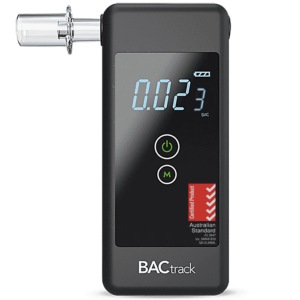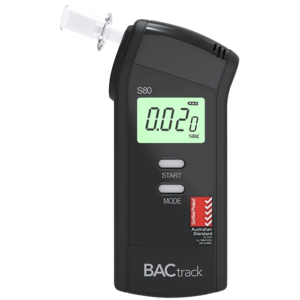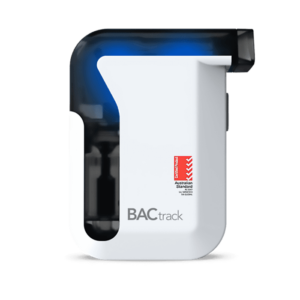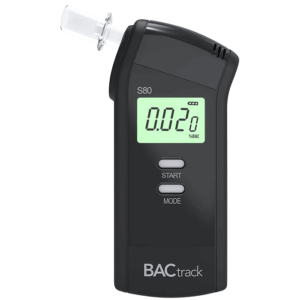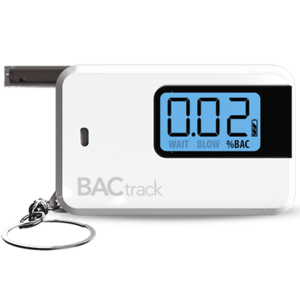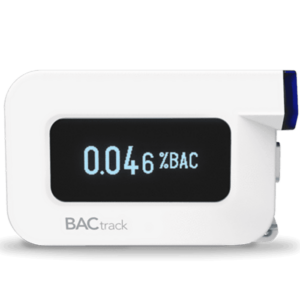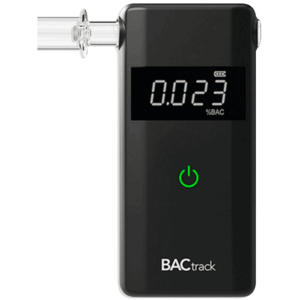Alcohol Saliva Test: What It Is and How It Works
21 March, 2024
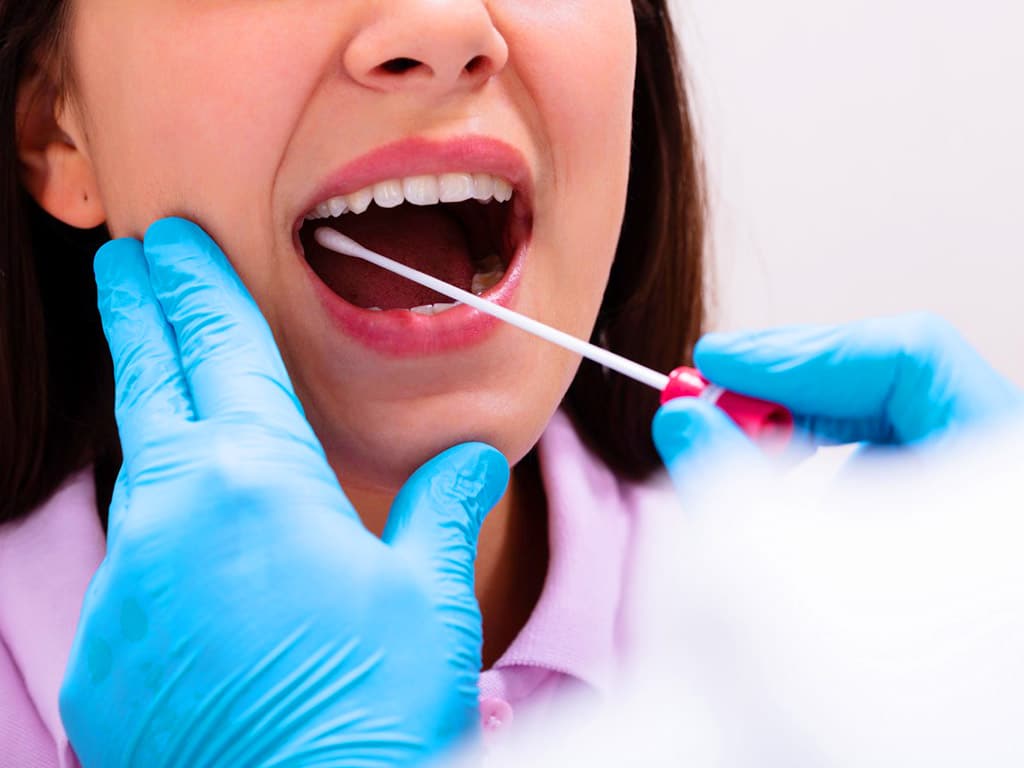
Drinking alcoholic beverages is a common practice even without occasion. Unfortunately, this has brought several issues, like the prevalence of Alcohol Use Disorders (AUD). An alcohol saliva test is a non-invasive and effective alcohol testing method. It works by tracing ethanol or its metabolites in the oral fluid samples. People may use testing kits or testing facilities to conduct this test. With kits, individuals can immediately estimate their Blood Alcohol Concentration (BAC) level by observing colour changes.
Alcohol intoxication can have several negative consequences. Chronic excessive alcohol consumption can cause a person to develop kidney and liver issues. Moreover, driving under the influence of alcohol is a leading cause of accidents. Hence, law enforcement strictly enforces drink driving laws to prevent injuries and fatalities on the road. This article will present information on oral fluid tests for alcohol, how it works, and the factors that can affect its results.
What is an Alcohol Saliva Test?
An alcohol saliva test is an effective method of tracing alcohol or its metabolites in the body. It is a popular option for individuals and organisations who wish to conduct a quick alcohol test. In particular, it is helpful for individuals with medical conditions that disallow them from other testing methods. This test is also beneficial for identifying individuals with AUD.
An oral fluid test using an alcohol test kit can show results within minutes. Meanwhile, laboratory testing may take up to 48 hours for a report. Either can provide an accurate result, but laboratory testing remains the more reliable option since they can use advanced equipment for alcohol analysis in saliva.
With a testing kit, the result can either be negative or non-negative. A negative result means no alcohol or amount below the cut-off level was found. Meanwhile, a non-negative result indicates recent alcohol intake. Only a lab or facility can establish a positive outcome, typically during a confirmatory test.
Advantages of Saliva Testing Compared to Other Methods
- Detection window: its short detection time frame makes it ideal for tracing recent use. This is particularly helpful for random and post-accident testing.
- Noninvasive method: compared to blood tests, oral fluid testing uses a simple and noninvasive collection procedure.
- Less prone to tampering: the sample collection process can be supervised by testing officers and done by a trained collector without violating privacy rights. This is helpful in workplace testing situations.
- Cost-effective: the availability of alcohol test kits for oral fluid samples makes it a convenient and cheap testing method. It does not require separate laboratory analysis or investments in breath alcohol testing devices.

How an Alcohol Saliva Test Works
An alcohol saliva test detects the presence of alcohol in saliva samples. People can conduct this test by using alcohol testing strips or sending the samples to a laboratory to identify the level of alcohol present in the biological sample. It is an ideal alternative to using breath alcohol testing devices, like breathalysers, in situations such as workplace or roadside tests.
When using a testing kit, the user must follow the alcohol test strip instructions. Generally, this entails wetting the test pad with saliva samples for a few seconds. Afterwards, they may observe colour changes in the alcohol test strip corresponding to the approximation of blood alcohol level. Typically, no change indicates a negative result.
With alcohol testing services, a trained collector will conduct the collection using a swab stick with an absorbent pad. After collection, they will send the oral fluid samples to the testing laboratory. To detect the alcohol, the laboratory will use a process called enzymatic analysis. It involves using an enzyme to break down the alcohol molecules in the oral fluid sample, allowing for an accurate measurement of the concentration of alcohol.
Understanding BAC Levels
The BAC levels are a measurement of the amount of alcohol present in the bloodstream. It is typically measured in percentages. For example, the legal limit for New Zealand drivers aged 20 and older is 0.05% BAC. Generally, the higher the BAC level, the more severe the effects of alcohol become.
Individuals with a BAC of 0.05% and below typically feel relaxation and increased confidence. However, at around 0.08%, adverse effects become more pronounced. Impairments include impaired judgment, loss of coordination, slow reaction times, and vision issues. Moreover, health risks drastically increase if the BAC is above 0.15%.

Factors that Can Affect an Alcohol Saliva Test
Several factors can affect an alcohol saliva test. Firstly, the amount and types of alcoholic beverages consumed can play a significant factor in the result of the saliva alcohol testing. Different alcohol drinks have differing alcohol concentrations, which can affect the detection window of the oral fluid test. People may refer to a standard drinks guide to understand the variance between alcoholic drinks.
Secondly, the metabolism of the person can also affect the result. Metabolism refers to how quickly the body eliminates the ethanol for the body. Several specific components can also affect this, such as liver health, body type, gender, and age. Thirdly, exposure to alcohol-based products may also interfere with the test. Examples of these are mouthwash and breath sprays.
Fourthly, interactions with certain medications may also affect the accuracy of the saliva alcohol test. Therefore, it is crucial to inform the testing service of health conditions and prescription medication they may need to account for. Lastly, the sensitivity and accuracy of the alcohol test kit or laboratory equipment can also impact the results.
What to Do for an Accurate Saliva Testing?
People can take multiple steps to ensure an accurate saliva-alcohol test. Firstly, they must ensure they use a kit from a reputable manufacturer of saliva alcohol testing devices. They should have apt sensitivity for reliable results. Meanwhile, individuals should ensure they contact an accredited laboratory if they wish to do the test in a testing facility.
Furthermore, the person must follow the instructions on the kit or the testing staff. Some guidelines may include avoiding eating or drinking for a set period before conducting the test. Moreover, operators must get an adequate amount of saliva. Doing so can help prevent false positives or negatives.
Conclusion
An alcohol saliva test is an effective tool for detecting traces of alcohol in oral fluid samples. It is a testing method many people and organisations use for various purposes. Personal testing can help individuals monitor their alcohol intake and ensure their BAC is under the legal limit for driving. It also serves as an alternative to breath alcohol testing during onsite procedures, such as roadside tests or post-accident testing in workplaces.
People can use testing kits or go to laboratories to conduct this test. With kits, they can place the test strips on their tongue for a few seconds and wait a few minutes for the colours to change and reflect their BAC level. Meanwhile, a lab test will require a qualified professional collector to gather the samples with a swab stick and send them for analysis. The results may take up to 48 hours to finish.

















